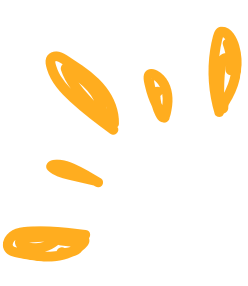Welcoming Myroslava Tataryn as DRF’s New Chief of Movements Division
We are thrilled to welcome Myroslava Tataryn as Disability Rights Fund’s new Chief of Movements Division! Myroslava has been a steadfast ally of DRF for many years, and now joins our team with a wealth of experience in grantmaking and a deep commitment to supporting disability rights movements in the Global South.
With a career rooted in social justice and public health, Myro brings a unique global perspective. Born and raised in Canada to parents of Ukrainian descent, she completed her MSc in Public Health at the London School of Hygiene and Tropical Medicine. Her work has taken her to several countries where DRF has grantee partners, including Haiti, Malawi, and Uganda. Before joining DRF, Myroslava honed her expertise in grantmaking at the Wellspring Philanthropic Fund, where she managed disability rights grants for six years. Learn more about Myroslava in this Q&A below.
Q&A with Myroslava Tataryn
- You have been a friend and supporter of DRF for many years. What energized you to apply for this position?
I was excited to apply because it gave me the opportunity to put what I have learned as a grant-maker over the past six years to good use, while also getting a bit closer to the day-to-day work of this organization as well as the challenges and successes of DRF’s grantees.
2. As DRF’s first Chief of the Movements Division, what excites you DRF’s future and new theory of change to unleash the power of disability rights movements in the Global South?
“I think that DRF’s new 5-year strategic plan’s awareness of the need to shift power towards organizations in the Global South really doing the work of social and cultural change in favor of disability rights is important. I love the way the strategic plan recognizes that shifting how we fund and the nature of our grants is intimately linked with the power that our grantees wield and the possibilities they can unleash. ”
Myroslava Tataryn
3. Who have been your movement mentors and guides for inclusion?
I must admit that one of the people I most look up to as a model in the disability rights sphere is DRF’s former ED, Catalina Devandas. I also want to acknowledge a woman named Mercy Apoe who directed the Resource Centre for Persons with Disabilities in Tamale, Ghana, in the early 2000s. Without her words of wisdom, guidance, and encouragement, I don’t think I would have ended up orienting my professional life towards disability rights work.
- How do you envision disability rights movements evolving over the next decade, and what role do you see DRF playing in shaping that future?
I think that over the last decade, but particularly since the COVID-19 pandemic, we are seeing a greater diversity of forms of organizing. The movement is comprised of a lot more than just organizations with hierarchical, formal representational hierarchies mirroring and targeting UN structures. Those formalized organizations and their UN advocacy are super important, but they’re not the only types of organizations or organizing out there. Think online youth organizing, activist artists, grassroots disabled women’s collectives, to name a few. I am excited to explore how DRF’s new strategic plan can bring our grantmaking to a place where we can support the hubs and spokes of activism in various forms and across a multitude of geographies.
- What brings you radical joy?
Paddling a canoe or kayak in the hour before sunset.
